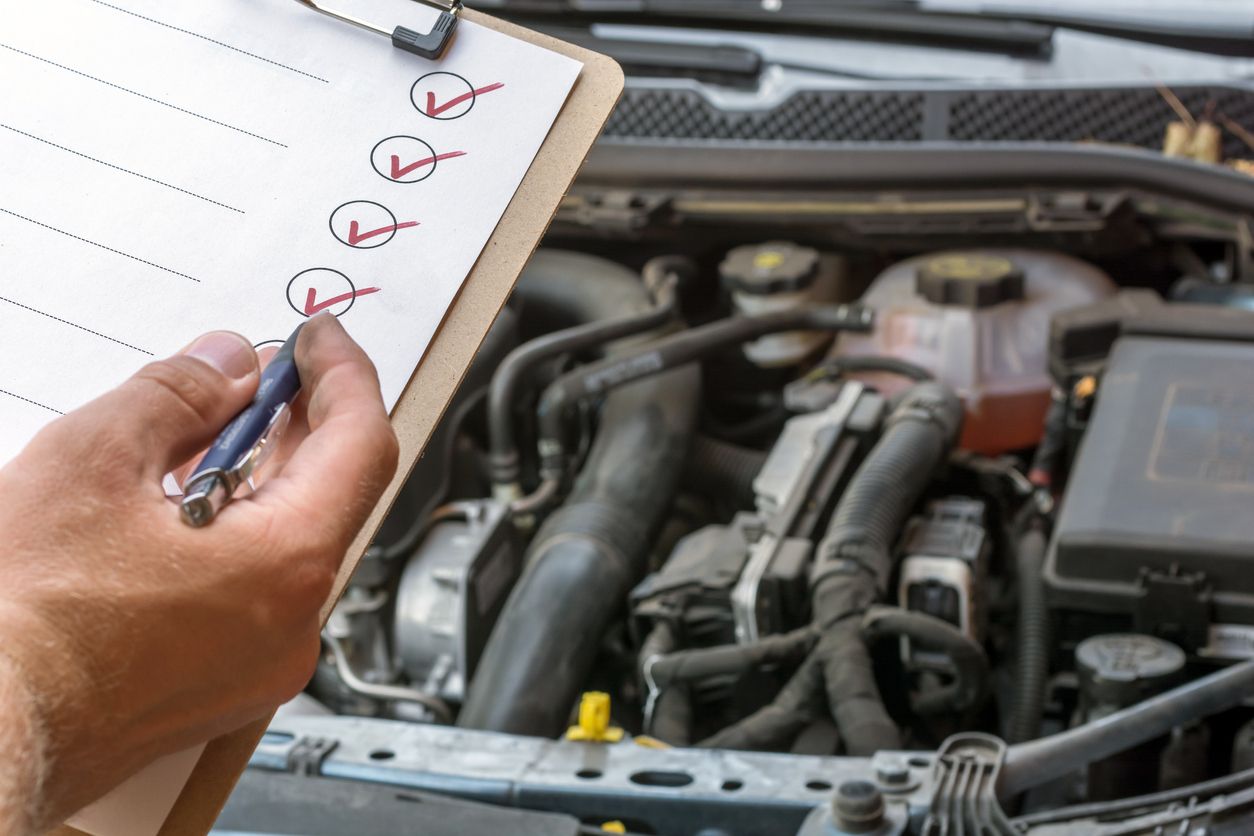All Categories
Featured
Tire rotations are just one of the most basic yet most reliable maintenance jobs to ensure your automobile runs efficiently and safely. This regular solution redistributes tire wear, giving various benefits for your automobile's performance, safety and security, and your pocketbook.
What Does Tire Turning Involve?
Tire turning is the process of regularly transforming the position of each tire on your car. As an example, front tires may be swapped with rear ones, or tires might be relocated diagonally. The certain pattern relies on factors like your automobile's drivetrain (front-wheel, rear-wheel, or four-wheel drive) and the sort of tires you have.
![]()
Why Tire Turnings Are Critical
Promotes Even Tread Wear. Different tires bear various amounts of weight and stress depending upon their setting. Front tires commonly put on much faster due to the fact that they manage braking and steering. Routine rotations equilibrium out the wear, making sure all four tires have similar tread midsts.
Expands Tire Life-span. Uneven wear causes premature tire substitutes. Turning your tires can extend their lifespan, saving you cash in time.
Boosts Vehicle Performance. Balanced tires enhance stability, dealing with, and traction. Whether you're catching, stopping, or driving on unsafe roads, equally worn tires guarantee a smoother and safer driving experience.
![]()
Enhances Gas Efficiency. Tires with uneven walk wear can create more rolling resistance, that makes your engine job tougher and eats a lot more gas. Normal rotations help maintain ideal fuel efficiency.
Guarantees Safety And Security. Used tires can endanger stopping distance and control. By rotating your tires, you keep also put on and reduce the risk of blowouts or skidding.
Just How Frequently Should You Revolve Your Tires?
Professionals suggest turning your tires every 5,000 to 7,500 miles. A convenient strategy is to couple tire turnings with oil changes. Constantly consult your automobile's owner handbook for particular guidelines.
Typical Rotation Patterns
Turning patterns depend on your vehicle's drivetrain and tire type:
Front-Wheel Drive (FWD): Front tires relocate to the back, and rear tires go across to the front.
Rear-Wheel Drive (RWD): Back tires relocate to the front, and front tires go across to the rear.
All-Wheel Drive (AWD): Tires follow an "X" pattern to make sure balanced wear.
Directional Tires: These tires have to stay on the exact same side of the automobile and are exchanged front to back.
Signs Your Tires Need Rotation
Irregular walk wear.
![]()
Lowered gas performance.
Resonances while driving, particularly at high speeds.
Problem managing the automobile in negative climate condition.
Last Thoughts
Tire rotations are a very easy method to safeguard your financial investment and boost your driving experience. By redistributing wear, you can expand the life of your tires, improve fuel performance, and ensure your security when driving. Schedule regular tire turnings with a trusted technician and make it a constant part of your car's maintenance regimen.
What Does Tire Turning Involve?
Tire turning is the process of regularly transforming the position of each tire on your car. As an example, front tires may be swapped with rear ones, or tires might be relocated diagonally. The certain pattern relies on factors like your automobile's drivetrain (front-wheel, rear-wheel, or four-wheel drive) and the sort of tires you have.

Why Tire Turnings Are Critical
Promotes Even Tread Wear. Different tires bear various amounts of weight and stress depending upon their setting. Front tires commonly put on much faster due to the fact that they manage braking and steering. Routine rotations equilibrium out the wear, making sure all four tires have similar tread midsts.
Expands Tire Life-span. Uneven wear causes premature tire substitutes. Turning your tires can extend their lifespan, saving you cash in time.
Boosts Vehicle Performance. Balanced tires enhance stability, dealing with, and traction. Whether you're catching, stopping, or driving on unsafe roads, equally worn tires guarantee a smoother and safer driving experience.

Enhances Gas Efficiency. Tires with uneven walk wear can create more rolling resistance, that makes your engine job tougher and eats a lot more gas. Normal rotations help maintain ideal fuel efficiency.
Guarantees Safety And Security. Used tires can endanger stopping distance and control. By rotating your tires, you keep also put on and reduce the risk of blowouts or skidding.
Just How Frequently Should You Revolve Your Tires?
Professionals suggest turning your tires every 5,000 to 7,500 miles. A convenient strategy is to couple tire turnings with oil changes. Constantly consult your automobile's owner handbook for particular guidelines.
Typical Rotation Patterns
Turning patterns depend on your vehicle's drivetrain and tire type:
Front-Wheel Drive (FWD): Front tires relocate to the back, and rear tires go across to the front.
Rear-Wheel Drive (RWD): Back tires relocate to the front, and front tires go across to the rear.
All-Wheel Drive (AWD): Tires follow an "X" pattern to make sure balanced wear.
Directional Tires: These tires have to stay on the exact same side of the automobile and are exchanged front to back.
Signs Your Tires Need Rotation
Irregular walk wear.

Lowered gas performance.
Resonances while driving, particularly at high speeds.
Problem managing the automobile in negative climate condition.
Last Thoughts
Tire rotations are a very easy method to safeguard your financial investment and boost your driving experience. By redistributing wear, you can expand the life of your tires, improve fuel performance, and ensure your security when driving. Schedule regular tire turnings with a trusted technician and make it a constant part of your car's maintenance regimen.
Latest Posts
A Historical Shoreline Destination with Modern Delights
Published Apr 20, 25
1 min read
Teenager Freedom Account: A Smart Start to Financial Self-reliance
Published Apr 20, 25
1 min read
Teenager Self-reliance Account: A Smart Begin to Financial Self-reliance
Published Apr 20, 25
1 min read
More
Latest Posts
A Historical Shoreline Destination with Modern Delights
Published Apr 20, 25
1 min read
Teenager Freedom Account: A Smart Start to Financial Self-reliance
Published Apr 20, 25
1 min read
Teenager Self-reliance Account: A Smart Begin to Financial Self-reliance
Published Apr 20, 25
1 min read